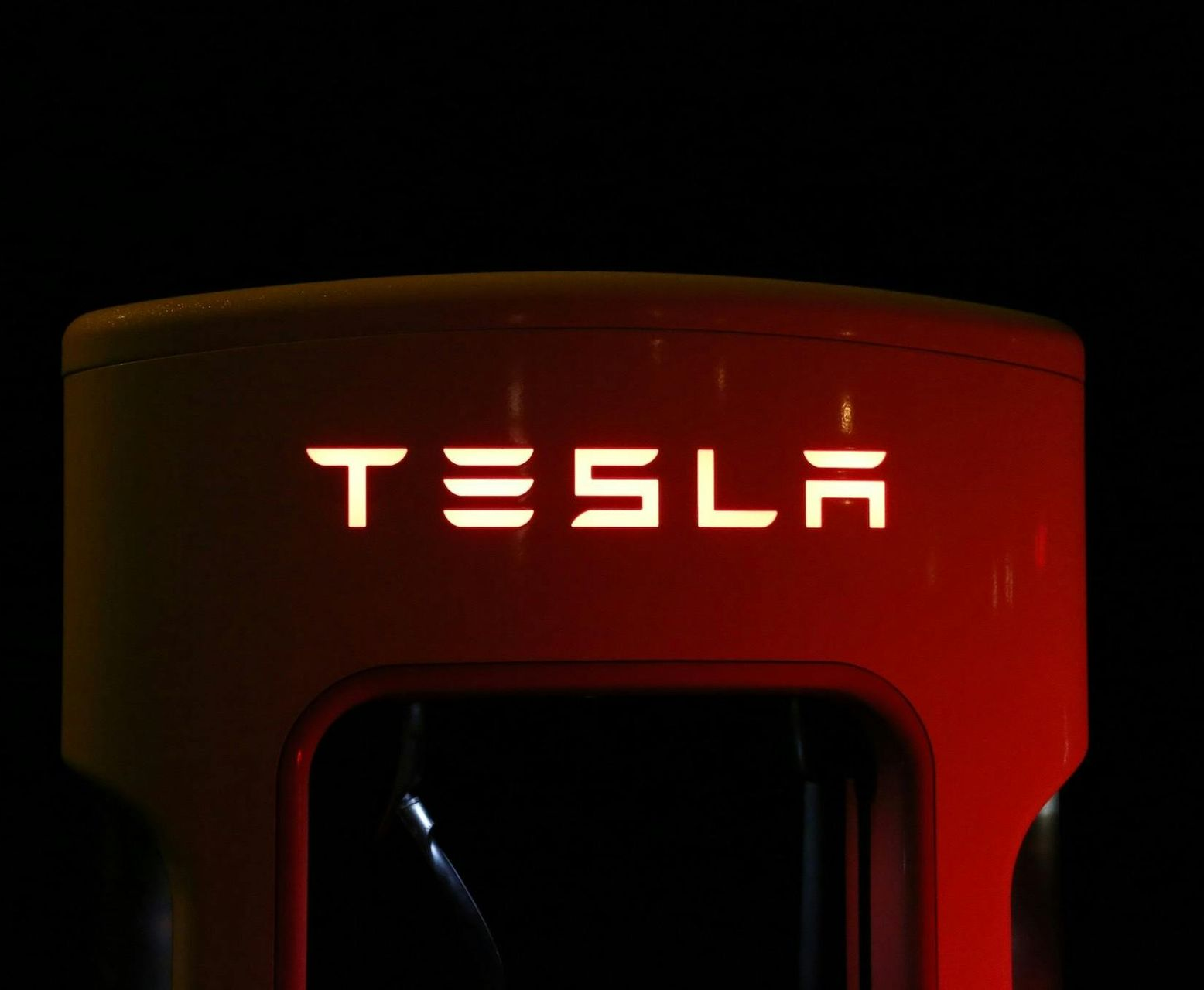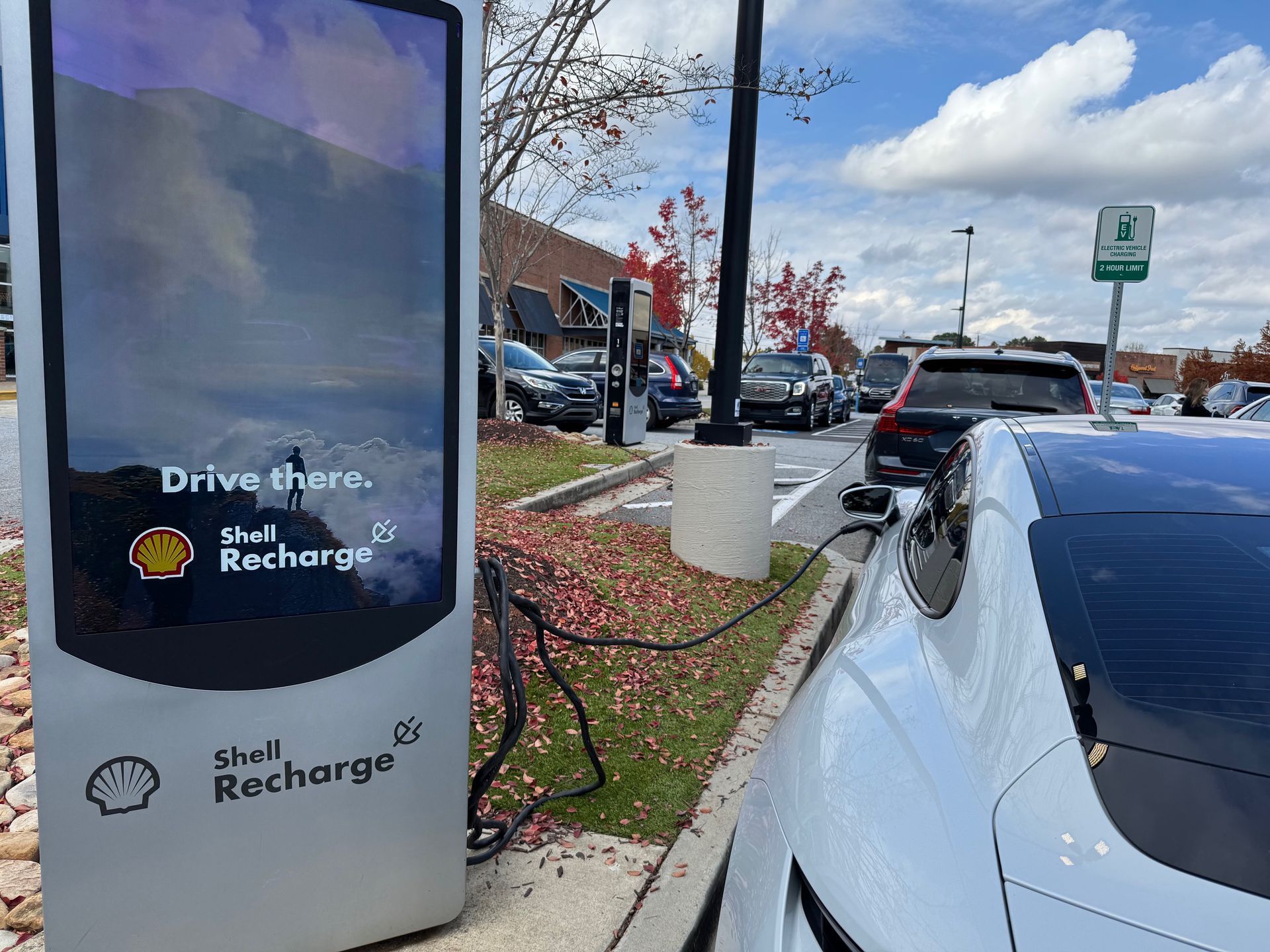GO SOLAR!
SWITCH TO SOLAR, STOP OVERPAYING FOR YOUR ELECTRICITY
COMMERCIAL SOLAR INCENTIVES, 30% INVESTMENT TAX INCENTIVE, AND MORE UNTIL 2027
RESIDENTIAL SOLAR,
THIRD PARTY OWNERS (TPO) MAY LEASE YOUR ROOF
MANY LOCAL INCENTIVES
CHANGING INCENTIVES
The landscape of solar energy incentives is rapidly evolving, bringing fresh opportunities, new challenges, and critical information that every solar advocate, business owner, and industry professional should know. As federal, state, and local policies adapt to meet changing energy needs and climate goals, it is more important than ever to stay informed and proactive.
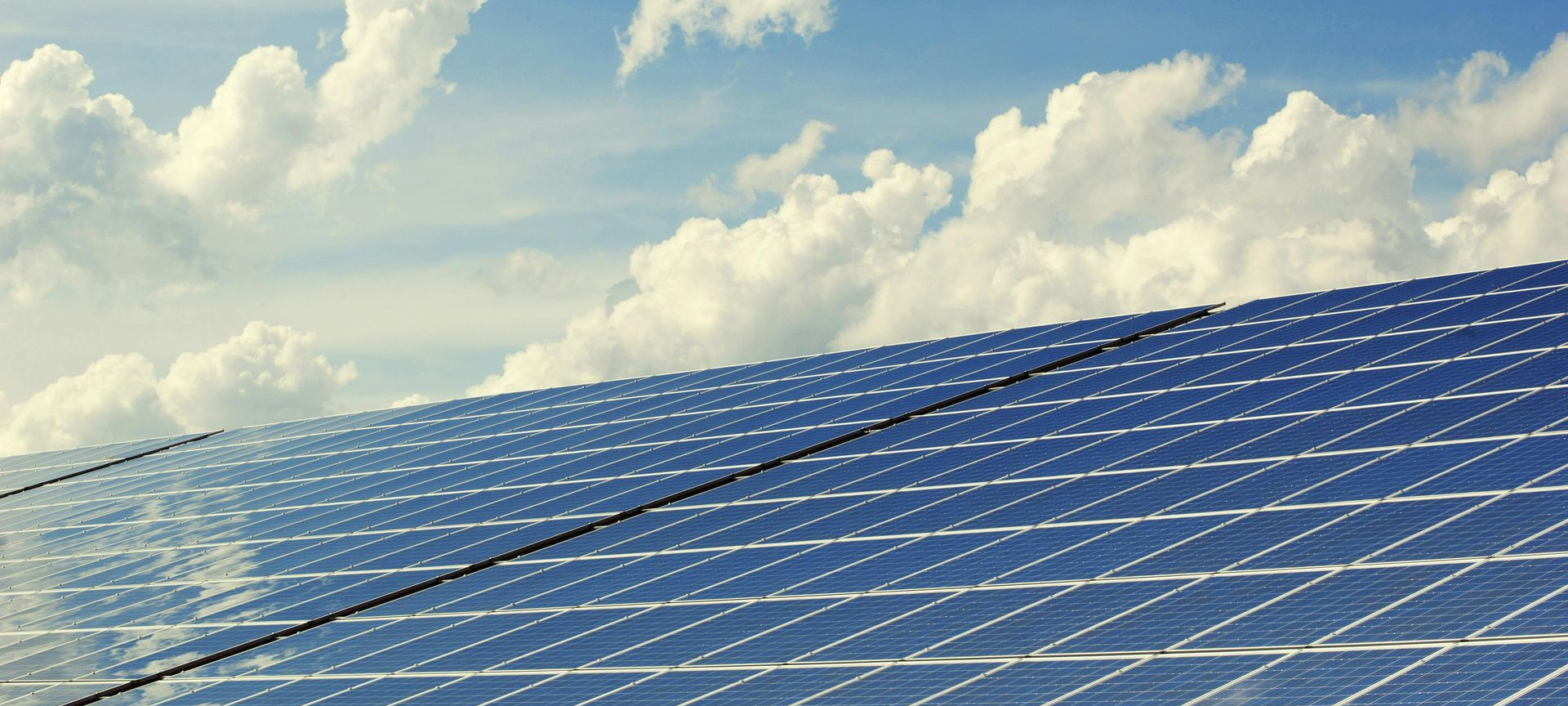
Solar panels are built to work in all climates, but in some cases, rooftops may not be suitable for solar systems due to age or tree cover. If there are trees near your home that create excessive shade on your roof, rooftop panels may not be the most ideal option. The size, shape, and slope of your roof are also important factors to consider. Typically, solar panels perform best on south-facing roofs with a slope between 15 and 40 degrees, though other roofs may be suitable too. You should also consider the age of your roof and how long until it will need replacement.
If a solar professional determines that your roof is not suitable for solar, or you don’t own your home, you can still benefit from solar energy. Community solar allows multiple people to benefit from a single, shared solar array that can be installed on- or off-site. Costs associated with purchasing and installing a solar energy system are divided among all of the participants, who are able to buy into the shared system at a level that best fits their budget. Learn more about community solar.
Those interested in community solar can take advantage of a tool from SETO awardee EnergySage. The company's Community Solar Marketplace aggregates the many available options in one place and standardizes project information, allowing interested consumers to easily locate and compare multiple community solar projects in their area.
OUR SERVICES
Solar DC Power specializes in Commercial Solar and Residential Solar, and climate change infrastructure, including EV chargers and scalable storage batteries. Due to differences between the two, we work on different virtual platforms —residential and commercial —and with corresponding Groups: Surge for commercial projects and Powur for residential projects. Surge's Mission Statement is " to accelerate the transition to clean energy by connecting businesses and organizations with scalable solutions that lower costs, increase profitability, and reduce environmental impact". Solar DC Power subscribes to this Mission Statement. Solar DC Power is an integral part of Surge. Our access includes support from Surge's top Strategists. Surge has designed systems that can be installed on rooftops, ground mounts, or carports, in sizes ranging from megawatt utility-grade projects to 600 kW for Business Buildings, and even a 28 kW Juice Bar. With our collective and extensive experience and attention to detail and clients' desires, we customize solar systems that meet your unique energy needs, helping businesses, homeowners, and community organizations participate in the clean energy transition. Get a no-obligation preliminary offer based on current usage and a property analysis. This is the starting point with no money out of your pocket for a deep dive discovery call.
Economic incentives, 30% tax credit is available for commercial , and several other 10% credits may be available. The greater the tax credits, the more money a business can save. And commercial solar credits exist until 2027, if begun by mid-2026. Now is the perfect time to invest in a solar system for your business. No matter the size of your business or the industry you’re in, or the amount of electricity you use, you may take advantage of the benefits of switching to sustainable energy. A commercial solar system can significantly lower your energy bills, reduce your carbon footprint, solidify your company’s commitment to sustainability, and improve the comfort and value of your commercial property. Solar DC Power offers free consultations to help local business owners in our community make their transition to sustainable energy seamless and stress-free. Contact Solar DC Power now to discover how much you can save by owning your power, and never endure another power outage. Solar DC Power serves the Atlanta metro area, all of Georgia, and throughout the United States and Canada.
Contact Us
Investing in solar energy is a strategic move for forward-thinking businesses. With rising energy costs and growing environmental concerns, solar power offers a way to reduce operational expenses, enhance your brand’s sustainability, and future-proof your business against energy market volatility.
Solar DC Power's vision remains that of Surge's, "A regenerative, sustainable future powered by a decentralized clean energy grid — built by a global movement of innovators, partners, and experts".
Contact us now for a free consultation that includes an analysis of your energy needs, an engineered solar solution tailored to your facility, and economic modeling.
OUR COMMERCIAL
SOLAR SERVICES
- Custom System Design: Your energy requirements will be analyzed a solar solution tailored to your facility.
- Professional Installation: Our certified installers provide a seamless and efficient installation process with minimal disruption.
- Ongoing Maintenance: Enjoy peace of mind with professional monitoring and maintenance services.
- Financing Options: Flexible financing and leasing plans available.
INDUSTRIES WE SERVE
- Manufacturing & Warehousing
- Grocery Stores
- Retail & Shopping Centers
- Offices & Commercial Buildings
- Schools & Universities
- Healthcare Facilities
- Motels & Restaurants
- Government Buildings & facilities
- Park and rides
WHY PARTNER WITH US
- Proven Expertise: Decades of experience and hundreds of successful commercial installations.
- Turnkey Solutions: Design and permitting through installation and maintenance—we handle it all.
- Customer-Centric Approach: Transparent communication and personalized service at every step.
- Latest innovative Technology: We use only the highest quality equipment for maximum reliability.
CALL TODAY 910-520-3661
In recent years, our power has become noticeably worse. Batteries, paired with software, provide a clean, inexpensive, and sustainable fuel source, along with a unique business model, making your power more reliable and substantially less expensive. This, coupled with the fact that U.S. power demand is rapidly rising in response to the AI boom, cryptocurrency blockchain, aging grid infrastructure, and increasing occurrences of wildfires and other severe weather events that damage transmission and distribution lines, makes backup power much more desirable for many business owners and homeowners. The average cost of electricity will continue to rise, and as grid electricity prices go up, those businesses producing their own electricity will save more money and will not suffer financial losses and the inconvenience of power outages.
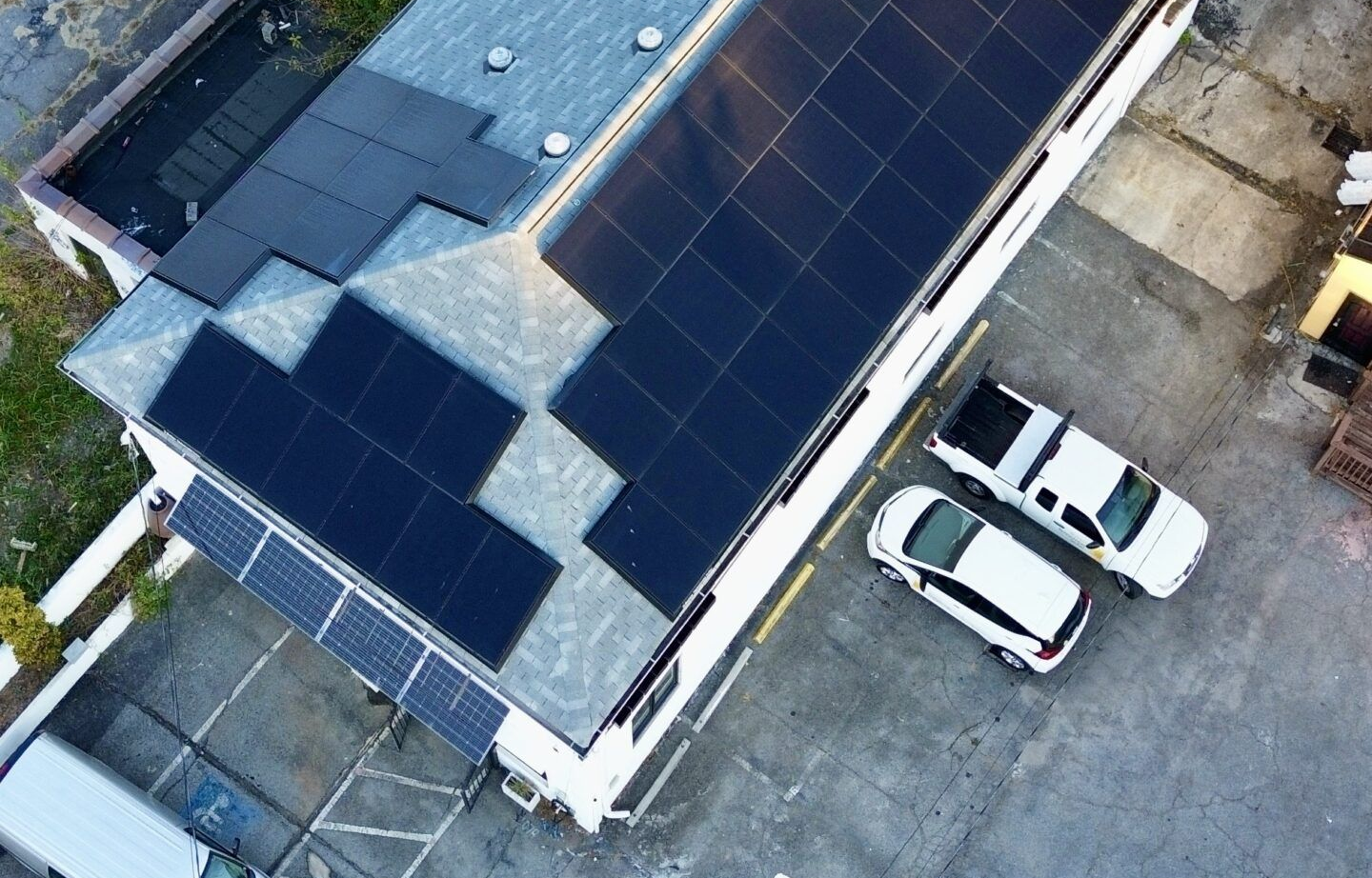
Residential solar energy is transforming the way homeowners power their lives. With rising utility costs and increasing awareness of environmental responsibility, switching to solar is a smart investment. Solar panels allow you to harness the sun’s energy, reducing your dependence on Grid electricity sources and helping you save money every month.
When you’re ready to get started with solar power for residential homes,
Solar DC Power is here to help. We pride ourselves on offering affordable prices and providing extensive customer education, which means you’ll leave your initial consultation and onsite assessment fully empowered to make an informed decision for your family. Contact Us
today to schedule an appointment for your on-site home assessment. We’ll answer any questions you may have about our residential solar services in Atlanta, assess your home’s solar power needs, and design a solar system just for you.
Benefits of Residential Solar
· Lower Energy Bills: Solar panels generate clean electricity, reducing your monthly utility expenses and often leading to substantial savings over time.
· Increase Home Value: Homes with solar energy systems are more attractive to buyers and can sell at a premium compared to non-solar homes.
· Environmental Impact: Solar power is renewable, clean, and significantly reduces your carbon footprint—helping you contribute to a healthier planet.
· Energy Independence: With solar panels, you can protect yourself from rising energy costs and power outages.
· Government Incentives: Many states offer tax credits and rebates for solar installation, making it more affordable than ever.
EXTRA BONUS CREDIT AREAS
Energy Community Tax Credit Bonus (2024 Coal Closure Energy Communities, 2024 MSAs/non-MSAs that are Energy Communities)
Clean Electricity Low-Income
Communities Bonus Credit Program
https://experience.arcgis.com/experience/12227d891a4d471497ac13f60fffd822/page/Page

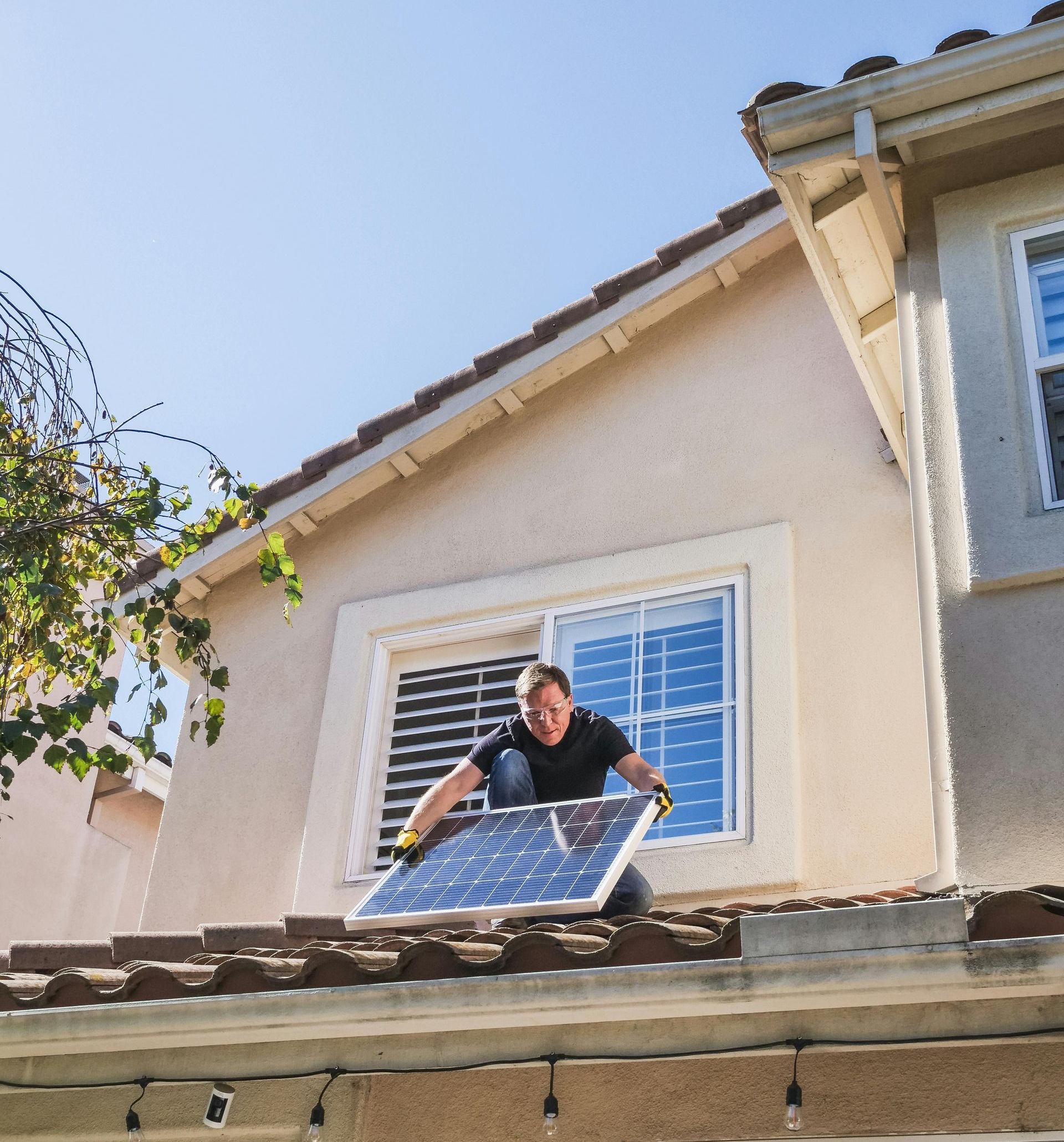
INCREASED HOME VALUES
Solar power is a smart investment for homeowners. Not only will residential solar panels lower your monthly electric bill, they can also increase the resale value of your house and reduce your carbon footprint. If you are thinking about going solar, there are several factors that determine whether your home is a good fit:
Many life changes can contribute to an increase in household electricity usage that may prompt you to consider home solar panels. These include moving into a larger home, adding to your family with children or older parents moving in, purchasing an electric vehicle, or installing a pool. If your electricity bills have recently gone up, now is the perfect time to see how residential solar panels can lower your bills
Steps to Go Solar
1. Free Consultation: Schedule a meeting with our solar experts to discuss your energy goals and evaluate your home’s suitability for solar.
2. Custom Design & Proposal: Receive a personalized solar system design and a clear breakdown of costs and savings.
3. Professional Installation: Our certified technicians handle the installation process quickly and efficiently.
4. System Activation: Once installed, we’ll guide you through activating and monitoring your new solar system.
Study after study has shown that solar panels increase home value. The added value varies by location and other factors, and is not directly impacted by any solar tax credit. However, by claiming available state and local government tax credit, you get a significant discount on a home upgrade that improves your home value, and benefit from the full property value of the system when you sell your house. Additionally, many states have property tax exemptions for the value solar adds to your home.
MONETIZE YOUR ROOF
"Residential solar TPO" most commonly refers to Third-Party Ownership, a financing model where a company owns and installs a solar system on a homeowner's roof, typically for zero or low upfront cost. Under this arrangement, the homeowner either pays a fixed monthly fee for the energy (a solar lease) or a set rate per kilowatt-hour (kWh) produced (a Power Purchase Agreement). The third-party owner is responsible for maintenance and receives the tax benefits and incentives, which are then passed on to the homeowner as lower rates.
Going solar is easier and more affordable than you might think. We offer multiple financing options for residential and commercial solar systems, chargers, and storage batteries, including low-interest loans and leasing programs. Additionally, you may qualify for state and local incentives and utility rebates, which can significantly reduce your upfront costs. Solar DC Power stands ready to provide you with the most economical systems that provide the amount of electricity that meets your needs.
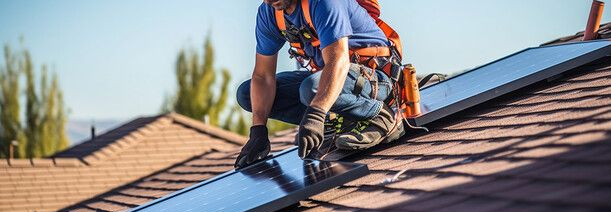
Pre & Post Solar
Installation Roof Inspections
Nearly every solar project includes inspections before and after the installation to ensure your roof, commercial or residential, is ready for solar installation and that your roof’s warranty is maintained.

Our solar installation experts work with your team to ensure every project is completed with care and professionalism, ensuring an installation that will last the life of your roof and protect existing roof warranties.

Pre & Post Solar
Installation Roof Inspections
There are many important factors to consider when installing a solar power system on your roof. It is vital to the integrity and lifespan of your roofing system to make all necessary roof repairs BEFORE installation of any solar power system.

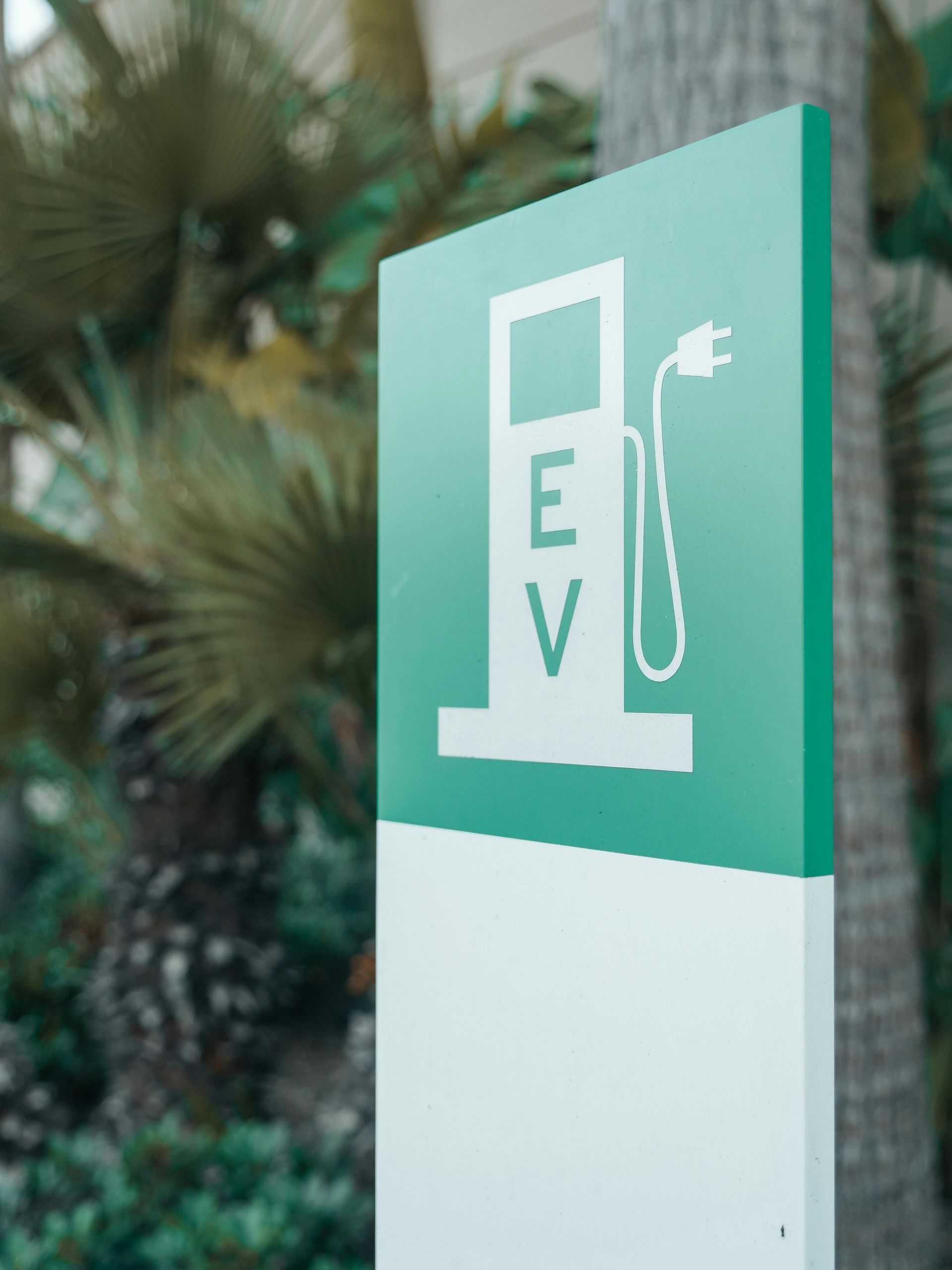

Although Level 3 chargers offer unmatched charging speed, their high costs and infrastructure demands make them better suited for specific commercial settings where users require a quick charge, such as fuel stations adjacent to Interstate highways. Level 3 chargers' average cost is $50,000, and up to 3 autos may charge at each station. Permits are required to install 3-phase electricity, and electrical line items required to carry larger loads are more expensive. Level 2 chargers are much less expensive, costing $1000 to $2000, but take 6 to 8 hours to fully charge an EV. Level 2 chargers suit homeowners, park & rides, movie theaters, sports events, and other locations where EVs may park for an hour or more.
Park and rides are ideal for the location of Level 2 chargers. Level 3 chargers will be required at gas stations. Users will want to stop for only a few minutes, fully charge their battery, perhaps grab a bite to eat, and continue to their destination. For most homeowners, a Level 2 EV charger strikes the perfect balance of performance and affordability, ensuring your vehicle is ready when you need it.
EXTRA BONUS CREDIT AREAS
30C Tax Credit Eligibility Locator --- re: EV chargers
https://experience.arcgis.com/experience/3f67d5e82dc64d1589714d5499196d4f/page/Page
So, filling up an average 12-gallon gas tank currently costs about $38.00, the average price of gas being $3.17. Things get a little tricky because, as we all know, cars and trucks use vastly different amounts of fuel.
- Charging an electric vehicle (EV) battery overnight at home is usually the least expensive option.
- Gas prices fluctuate, and electricity rates vary regionally, but in most cases, it costs less per month to charge an EV than to buy gas for a traditional vehicle.
- While free options are available, public charging stations typically have fees that cost more than home charging.
Statistics are available at the United States Energy Information Administration. The most recent figures available at the time of this writing, July 2025, U.S. households pay an average of 18.10 cents per Kw/hr. To completely recharge a ninety Kw/Hr battery would cost a homeowner $16.29, between one third and one half the cost of filling a gas combustion engine, $38.04
Electric cars are slowly, but surely becoming commonplace, and they introduce a whole new generation of specifications that are worth caring about. Range is an obvious one — but there’s another metric that has a major impact on the overall experience of owning an electric car: voltage.
You’ll often see the voltage of an electric car’s battery pack touted in advertising. Hyundai, for instance, is proud of the 800 -volt battery in cars like the EV6 — that’s double the voltage of the 400V battery in the Tesla Model Y.
EV charging infrastructure is one of the largest infrastructure overhauls the country has ever experienced. Whether you are looking to install a charging station at your home, add a charger for your customers at your business, or multiple charging stations for a fleet, Solar DC Power has resources to provide clients with the knowledge to select the charges to fit your needs, and the flexibility to phase projects for the client to achieveve near a 100% utililization, then add specifified chargers to meet your customer's charging needs.
Contact Us
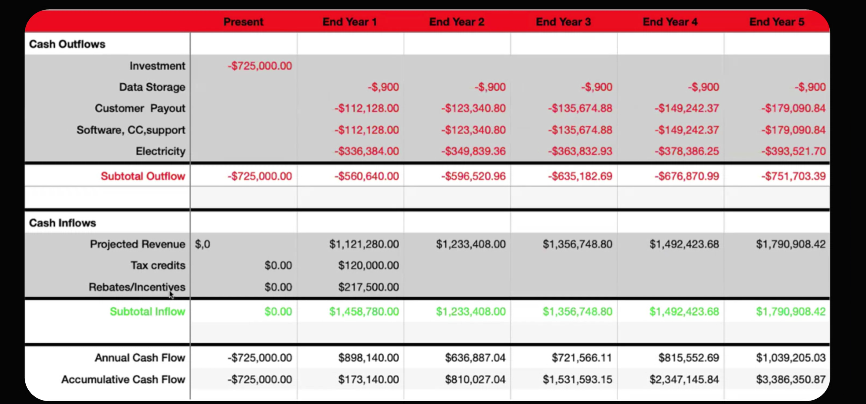
Electric cars are slowly, but surely becoming commonplace, and they introduce a whole new generation of specifications that are worth caring about. Range is an obvious one — but there’s another metric that has a major impact on the overall experience of owning an electric car: voltage.
You’ll often see the voltage of an electric car’s battery pack touted in advertising. Hyundai, for instance, is proud of the 800 -volt battery in cars like the EV6 — that’s double the voltage of the 400V battery in the Tesla Model Y.
The table above shows a 5-year utilization on Level 3 chargers. YouTube nay-sayers are always predicting the demise of EVs, but without fact or evidence. Solar DC Power's vision of the future is science-based, and knows that severe weather will be the norm, parameters of the changing climate will be undisputed, and greater incentives will be restored with larger tax credits and apartments, condominiums, townhouses, and HOAs will be given initiatives that promote community climate infrastructure to build resillence to the destructive forces of unmitigated climate change. Above, this projected utilization is based on four independent forecasts done by Boston Consulting Group, Ernst & Young, Guidehouse, and PwC, as well as analysis from the National Renewable Energy Laboratory is conservative and will be exceeded. Our beliefs are based on prevailing data and evidence. The report concludes that:
The number of EVs on U.S. roads is projected to reach 78.5 million in 2035, up from 4.5 million at the end of 2023 will be far exceeded, and by 2035, an environmental impact tax will de-incentivize fossil fuels, and EVs will dominate the motoring market. Even though our forecasts of utilization of chargers are much higher, the table, using conservative forecasts of more than 26 percent of the nearly 300 million total vehicles (cars and light trucks) expected to be on U.S. roads in 2035, will drive every gas station to invest in appropriate climate infrastructure. This growth is a paradigm in private vehicle transportation. Forward-looking rural gas stations will meet this challenge and provide as many, or more, Level 3 chargers as gas dispensers. The first service stations to invest in climate infrastructure will be ahead of the curve and reap the profits.
What Affects Charging Speed?
Vehicle's maximum charging rate
Every electric car has a limit on how much power it can take in. It's much like water flow into the opening of a water bottle - no matter how big the water pipe is, the bottle can only take in water as fast as its opening allows. If your car can only handle 50kW of power, using a 150kW charger won't make it charge any faster. A Helpful Tip Before buying an electric car, check its maximum charging speed. This will affect how quickly you can charge every day.
Charging Station Power
The power rating of a charging station is like the size of the pipe delivering the electricity. Higher kW stations can charge faster, but there are limits. For instance, a 60kW station will charge a car faster than a 22kW station, assuming the vehicle is capable of accepting that power, 60kW in this case.
Charging Port Power
The charging port also plays a role in charging speed. A powerful charging port with a high amperage rating ensures the power can be delivered quickly and efficiently. If the port’s power rating is too low for the charging station, it can bottleneck the charging process, slowing things down even if the station is capable of higher power.
Vehicle's Battery Capacity
Just like a small bucket and a large bucket collecting water, even if the water flows at the same rate, the large bucket will take longer to fill. The battery capacity (in kWh) of the electric vehicle determines how much electricity needs to be charged. The larger the capacity, the longer the total charging time may be, even if the charging station has a high power.
Other influencing factors
Battery State of Charge (SOC) and Charging Curve
In the initial stage, especially when the State of Charge (SOC) is low, the charging speed is fast. As the SOC increases, the charging speed gradually slows down. The charging speed remains relatively fast when the SOC is between 20% and 80%, which is typically the most efficient phase of the charging process. Once the SOC reaches around 80%, the charging rate significantly decreases to prevent overcharging and protect the battery's health.
Studies have shown that there is no linear relationship between SOC and charging speed. Specifically, when the SOC is close to full charge, the BMS (battery management system) will reduce the charging power to ensure safety and extend battery life.
The EV charging curve is one of the most critical yet overlooked aspects of electric vehicle ownership. It relates to how fast one can get the car back on the road, battery health over the long term, and also stands as a much better comparison between one EV and another than mere peak charging numbers.
Making intelligent decisions in 2025 by studying the charts of EV charging curves and meaningful EV charging curve comparisons will become paramount for both buyers and drivers. Faster, flatter, and more consistent charging is essentially how technology will improve, paving the way for EVs to become the norm.
For now, the takeaway is simple: know your vehicle’s charging curve, work around it, and your EV will provide maximum performance and longevity.
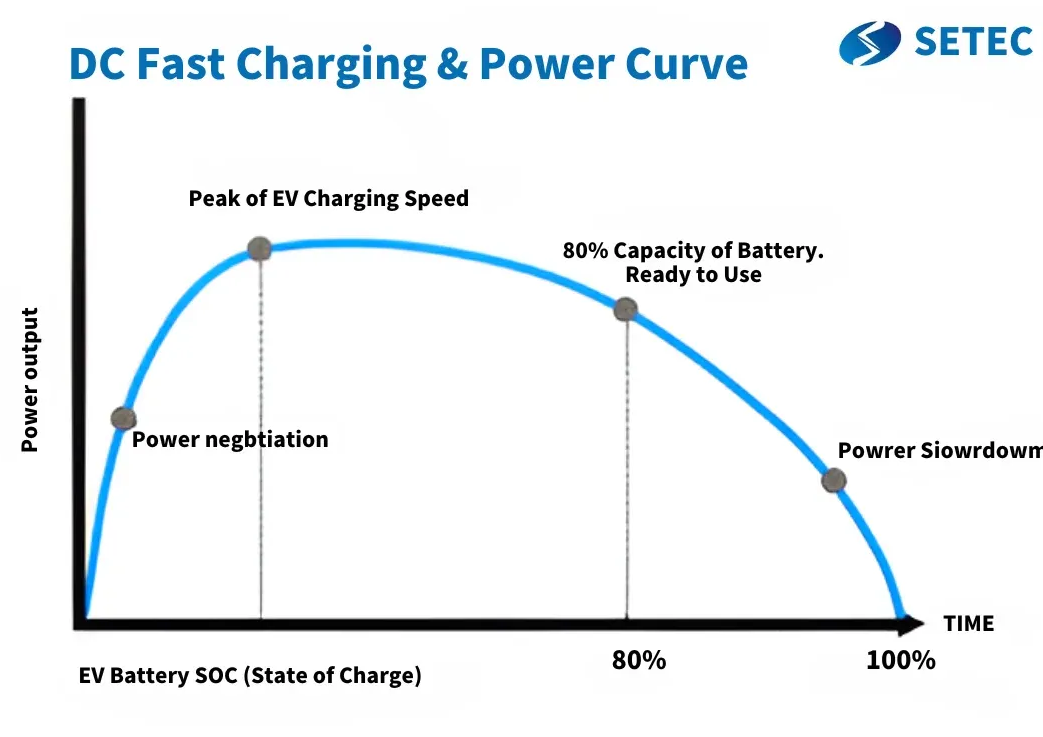
Temperature Matters
Battery temperature is really important for charging. The best charging temperature is between 68-77°F (20-25°C). Here's what happens at different temperatures:
· Below 32°F (0°C): Charging might be 50% slower
· Above 95°F (35°C): The car might slow down charging to protect the battery
· 68-77°F (20-25°C): This is the "perfect" temperature for charging
Power Grid Conditions
The power grid’s capacity and conditions also matter. If the grid is under heavy load or there are power restrictions, it might impact the performance of the station, resulting in slower charging times, especially during peak hours when demand is high.
If you're buying an EV and charger, understanding voltage platforms can help you explain fast-charging benefits.
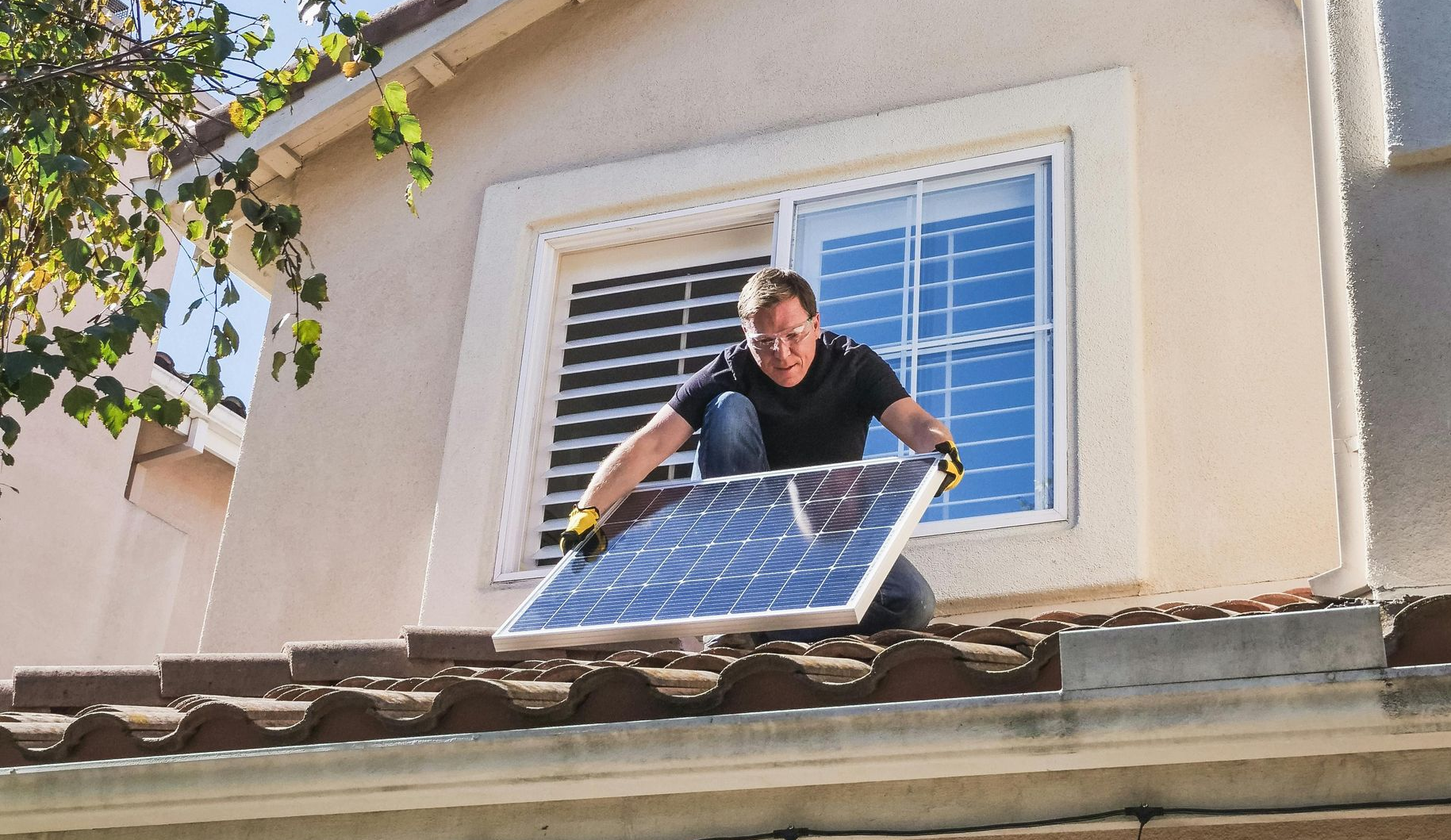
ELECTRICITY RATE VARY
Electricity rates are subject to many factors, including the region where you live, the time of year, and even the time of day when peak charges apply. For the most part, electricity usage and costs are at their lowest late at night. That’s good news for anyone considering an EV. “While shoppers worry about access to public charging stations, they need to know that as much as 90% of electric car charging is done overnight at home.” “The cheapest way to charge your electric car is almost always at home, overnight. Some utilities have special low rates for the overnight period when their demand is lightest.”
Where you live directly impacts your electric bill. People in Massachusetts pay just over 30 cents per kWh of energy use, almost twice the cost in Florida (an average of 15.12 cents per kWh in July). A conservative rule of thumb is that an electric car gets three to four miles per kWh,” So divide the total miles you drive each month by three to get the kWh you would use monthly. Multiply that number by your cost per kWh. The dollar amount you get will most likely be lower than what you pay each month to buy gasoline.”
To put this into perspective, let’s give an example. Suppose you drive about 1,015 miles per month (Americans go an average of about 12,200 miles annually). For an EV, you will use about 338 kWh in that time frame. Using the most recent U.S. household average estimate of 18.10 cents per kWh, charging an electric car at home would cost about $61.18 per month. Using a DC fast charger at a public charging station when away from home, an EV driver might pay 50 cents per kWh, or $169 for that much energy.
https://www.kbb.com/car-advice/how-much-does-it-cost-to-charge-an-ev/#recharge-vs-fuel
Unlike a typical 240-volt Level 2 home charger system, you will find Level 3 chargers in commercial settings because they’re prohibitively expensive for a private individual to install at home. Considering the vast cost difference, perhaps a mix of Level 2 and Level 3 EV chargers would provide the most functional service.
Tesla owners use Tesla's dedicated Supercharger network, which has more than 2,500 U.S. locations with around 30,000 charging ports. Rates can vary widely depending on region, timing, the Tesla model or other vehicle you’re charging, and if you have a Tesla membership. One important caveat: Tesla Superchargers now work for some non-Tesla vehicles. In 2023, Supercharger network began opening select locations to Tesla and the North American Charging Standard (NACS)- enabled vehicles with Combined Charging System (CCS) compatibility. However, Tesla charges $0.50 a Kw/Hr to charge, and at busy charging stations, charges Idle fees and congestion fees, $1.00 a minute. Tesla has located most of their charging stations in urban areas near areas of grocery stores, restaurants, and cinemas. As more manufacturers switch to producing more EVs, and the volume of EVs increases exponentially, rural gas stations will be required to invest in charging stations to retain their profits and continue operations.
EXTRA BONUS CREDIT AREAS
30C Tax Credit Eligibility Locator --- re: EV chargers
https://experience.arcgis.com/experience/3f67d5e82dc64d1589714d5499196d4f/page/Page
“Some workplaces offer charging for employees’ cars … But electric-car owners quickly learn which public stations near them are free, which charge for charging, and how much they cost.”
For example, a bustling parking lot in a crowded city center might lure EV owners with the promise of free electric car charging. But the resultant fee for parking there could easily zoom past what you’d have paid to fill up even the thirstiest gas-powered car or truck. Still, drivers will find the network of chargers growing with plenty of free options, including at malls, hotels, grocery stores, and more. Solar DC Power stresses that home charging is the best option for anyone considering an electric car. Yet, equally important is knowing where to find EV perks close to home.

